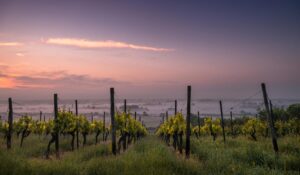The world of wine is vast, encompassing over 4,000 grape varieties in 70+ countries. This size and scope is difficult to grasp on the whole. Dividing it into more digestible chunks is a useful path to understanding. One of the most common divisions is Old World / New World. As the names imply, this is a classification with its origin in the chronological history of grape-growing and winemaking. However, the distinctions do not stop there. Climate, culture, geography, and labeling are involved as well. This guide will unpack each individually and discuss how they overlap and intertwine. Bridging the old/new divide is your passport to the entire world of wine, leading to increased confidence when selecting & buying and heightened drinking enjoyment.
Timeline
A definition of terms seems the most logical place to start. So what exactly is considered “Old” and what is “New”? By most estimations, the production of wine dates back to 4100 BC with the ruins of a winery discovered in Armenia. Wine was primarily limited to ceremonial use until the Phoenicians started moving wine along their trade routes. Things really took off in 1000 BC when the Romans formalized grape cultivation and categorization and expanded wine’s presence in Europe via colonization. Then around 300 AD the Catholic Church got involved and rapidly expanded production, consumption and distribution (also, quite likely, profitability). As a result of those efforts, by the 1400s the wine industry began to resemble its contemporary structure. From that point, various emissaries took the wine show on the road: Missionaries established vineyards and producers in South America & California, exiled English prisoners took vine clippings to Australia, Gold-rushers from Eastern Europe brought their grapes and wine culture to the East coast of the US then the west.
“New World” collectively describes the countries that were part of this wave of expansion while “Old World” refers to the areas from which the expansion emanated. In simpler terms: “Old World” is Western Europe and “New World” is everywhere else.
Top Regions
New World
US
Australia
New Zealand
Chile
Argentina
South Africa
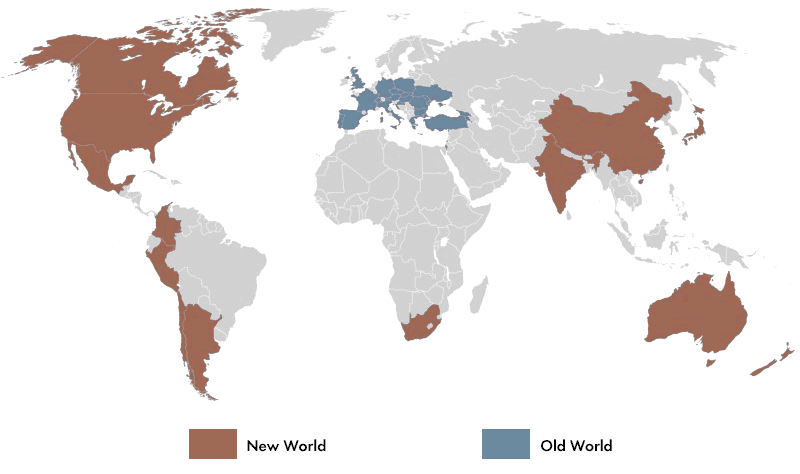
Old World
France
Italy
Spain
Portugal
Germany
Climate
Chronology is an effective definition of Old and New world wine countries but in itself has no direct impact on the wines produced. For that, we must look at climate, beginning with a bit of context. The species of grape responsible for the majority of commercial wine production grows best between 30 and 50 degrees latitude in both the Northern and Southern Hemispheres. These two ranges are referred to as the “Wine Belts”. As the picture below shows, most of the “Old World” regions are between 45 and 50 while most “New World” regions which are between 30 and 45. The consequences of the higher latitudes (Old World) are cooler average temperatures, higher rainfall and shorter growing seasons. Conversely, the lower latitudes (New World) see warmer temps, drier conditions, and longer seasons.
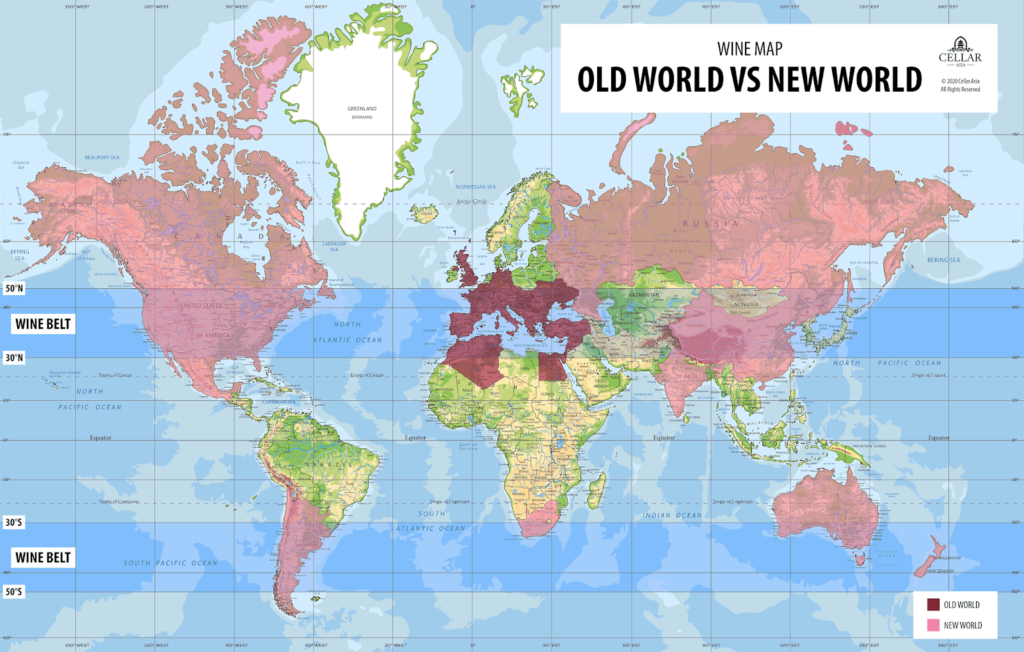
Wine Styles
These climate differences influence the ripening of grapes grown in the regions and ultimately the resulting style(s) of wine. In the most basic terms, ripeness at harvest is indicated by levels of sugar and acid in the grape. Sugar levels increase and acid levels decrease with temperature and time. Therefore, a riper grape (from a warmer region) is going to have higher sugar and lower acid than a less ripe grape (from a cooler region). These degrees of ripeness inform the wine in several ways: Sugar is what turns into alcohol during fermentation so more sugar in the grape equals higher ABV in the wine. Acid is what gives a wine its edge (or “crispness”), less acid makes for a softer, juicer feeling wine. Lastly, riper grapes (like all fruit) simply taste “fruitier”. Think of an early season peach vs one picked later. The younger, less ripe one will taste less “peachy” and be firmer in texture while the fully ripe one will drip sweet peachy goodness down your arm. Quite an appropriate segue for the “Style Shorthand” typically attributed to Old & New World wines, based primarily on grape ripeness which, again, is mainly a function of climate.
New World
High Alcohol
Low Acid
Fruit Forward
“Cocktail Wines”
Old World
Low Alcohol
High Acid
Earthy Flavors
“Food Friendly”
Cultural Considerations
The last components to the Style Shorthand above demonstrate an overlap in influence of climate factors and prevailing cultural ones. Since being used as currency in Roman times, wine in the “Old World” wine has been a non-negotiable part of everyday life. It is a grocery item, on the table and consumed with nearly every meal. Subtle character and lower alcohol are complementary to that lifestyle while higher acid and earthy flavors pair well with food. Not coincidentally, those are the types of wines these regions readily produce. In contrast, wine occupies a much different place in New World culture. Here it is more often consumed on its own vs with a meal. This context places wine in direct competition for consumer attention with spirits and beer, high potency choices in all senses of the word. It is to this market that New World wineries cater supported by their accommodating climate. High alcohols and bold fruity flavors match those of craft cocktails and IPA’s and low acid appeals to palates raised on CocaCola and Twinkies.
Geography
Overlaying this foundation of divergent history, climate and culture are the differing geographies of the Old World and New World
The prevailing topography of Western Europe is a compact theme of valleys, foothills, and mountains. Villages and small towns dot the undulating landscape, relatively isolated from one another and from other parts of the country (even more-so prior to modern infrastructure). Historically, the combination of this geography with the importance of wine in the culture resulted in a kind of a hyper-regionality. Individual areas were dependent on their own grape-growing efforts to meet local demand. These efforts were informed by the fact that grape varieties vary in their suitability, or “preference” for certain growing conditions. Thus, over the trials and errors of time, matches were made of grape to place. Eventually, these matches were codified such that the name of a place is synonymous with the grape(s) that grow there. This codification stands now as a legally enforceable set of label laws governed by the respective governments of Old World countries and overseen by the EU.
New World countries by comparison are relatively sprawling. There is distinct segmentation of agricultural, industrial, recreational, and residential areas with well-developed infrastructure providing connectivity. In most, there is an abundance of easily accessible, arable land. This resulted in the centralization of grape-growing and wine production in regions with optimum conditions that support a wide range of varieties. Therefore, decisions on what to plant/produce are driven by market preferences, winemakers, and grape-growers, usually in that order, unfettered by regulation or tradition.
What Does it all Mean?
This article began with the promise of increased purchasing confidence and drinking enjoyment, time to deliver on that. This academic journey has been fun, but how do you put it to use in the real world?
Well, the most visible (and often problematic) manifestation of the Old World/New World divide is two fundamentally different labeling systems.
For the reasons outlined above (in Geography) the majority of Old World wines are labeled Regionally whereas New World wine are labeled Varietally. In other words, an Old World label specifies only where the wine is made and a New World label shows both the place name and the name of the grape variety.
Here’s an example:
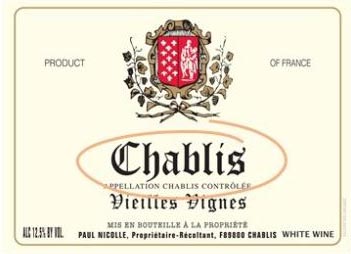
- This wine is from the Chablis region of France
- The only legally allowable grape in Chablis is Chardonnay
- Including the grape variety on the label is redundant
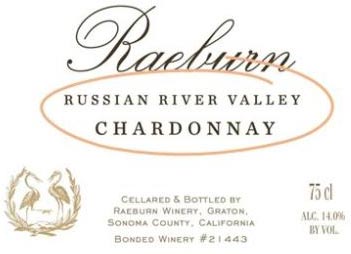
- This wine is from the Russian River Valley in California
- There are no restrictions on what grapes can be grown there
- Including the grape variety on the label is necessary
Once more for emphasis:

- This wine is from the Rioja region of Spain
- The primary legally allowable grape in Rioja is Tempranillo
- Including the grape variety on the label is redundant
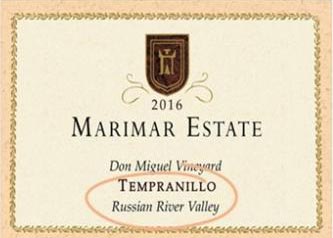
- This wine is also from the Russian River Valley
- Tempranillo is one of several varieties grown there
(in addition to Chardonnay ^^) - Including the grape variety on the label is necessary
You can see how knowing the grape varieties associated with Old World regions expands the range of wines from which you can confidently choose. Say you’re a chardonnay fan but were unaware that Chablis was made from that grape. Your chardonnay menu has now grown exponentially. Armed with this simple chart, you can now march into your favorite retailer or restaurant and browse with authority the sections of shelves or wine list that were previously off limits due to their mystery.
Common grape varieties and the Old World regions that specialize in them
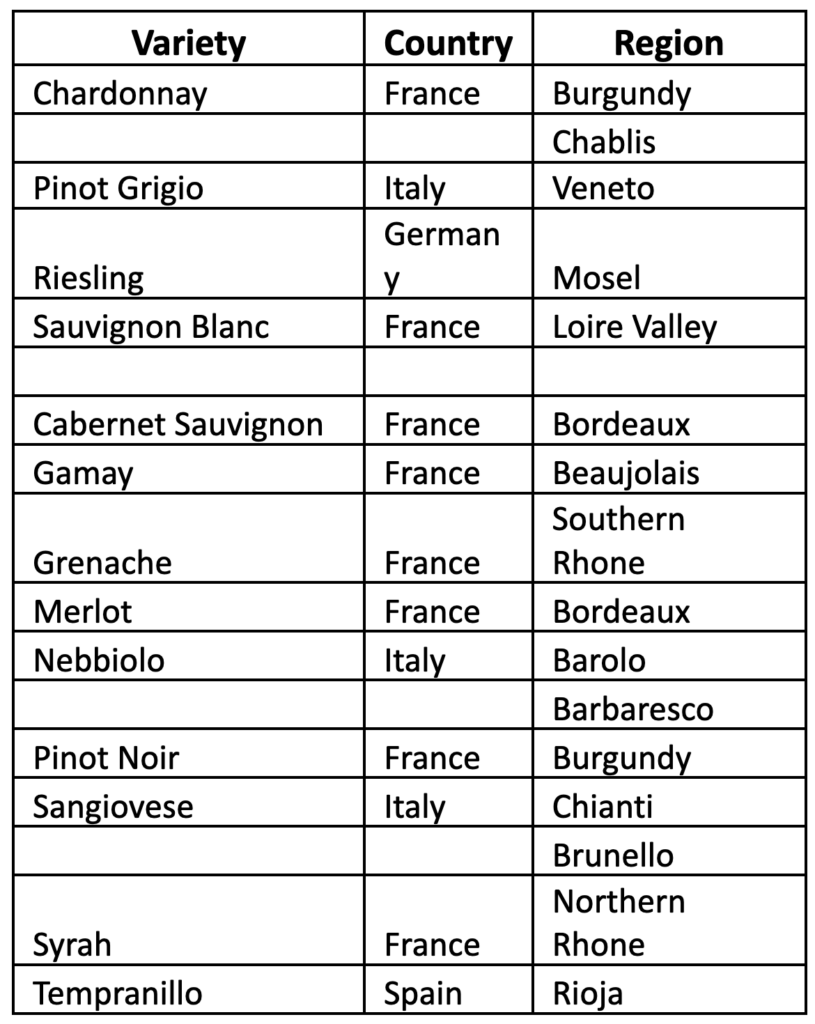
A Closing Caveat
As mentioned in the opening, the Old World/New World divide is a very common and useful cleavage of the immense world of wine. The goal of this article is to present the key differences and discuss how they came to be. It is equally important to recognize what the divide is not.
It is neither definitive nor all-encompassing. The evidence provided is done so in general terms. Modernization, globalization, and climate change have blurred what were at one time much clearer lines. The essential elements of history, climate, culture, and geography still hold true more that they don’t but the labeling laws are loosening as are style distinctions. As with anything wine related, whether you’re a novice, enthusiast, or connoisseur, best practice is to let curiosity be your guide and see (and taste) for yourself.



